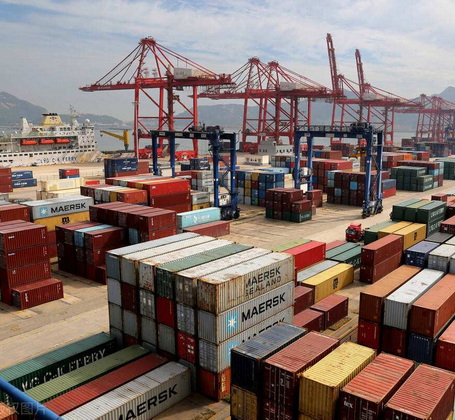Summary of the latest tariff information of various countries
State Council: Export tariffs will be imposed on 106 items On December 29, 2022, the Department of Customs Affairs of the Ministry of Finance issued the Announcement of the Tariff Commission of The State Council on the 2023 Tariff Adjustment Plan. According to the Regulations of the People's Republic of China on Import and Export Tariffs and other relevant provisions, import and export tariffs of some commodities will be adjusted starting from January 1, 2023. China will continue to impose export tariffs on 106 items, including ferrochrome, and increase export tariffs on aluminum and some aluminum alloys. Eu Member states: carbon border tax collection, entering the transition period On 13 December 2022, the Council of the European Union agreed with Members of the European Parliament on the establishment of the EU Carbon Border Adjustment Mechanism (CEMA) to balance the carbon price of EU products operating under the EU Emissions Trading System (ETS) with that of imported goods. A carbon border tax would cover industries such as cement, fertiliser, aluminium and steel. The transitional period from 2023 to 2025 will be followed by a full carbon tariff from 2026. Please note that 2023-2025 is a transitional period for EU CBAM, during which importers will only undertake declaration obligations and not financial obligations. During the transition period, importers are required to report quarterly the quantity of imported products, total embodied carbon emissions, total embodied indirect emissions and the carbon price paid by the imported products in the country of origin. From 2026, importers will need to clear a corresponding number of CBAM certificates based on the implied carbon emissions of their imports. United States: Exemption Tariffs were imposed on Chinese products On 13 December 2022, the Council of the European Union agreed with Members of the European Parliament on the establishment of the EU Carbon Border Adjustment Mechanism (CEMA) to balance the carbon price of EU products operating under the EU Emissions Trading System (ETS) with that of imported goods. A carbon border tax would cover industries such as cement, fertiliser, aluminium and steel. The transitional period from 2023 to 2025 will be followed by a full carbon tariff from 2026. Please note that 2023-2025 is a transitional period for EU CBAM, during which importers will only undertake declaration obligations and not financial obligations. During the transition period, importers are required to report quarterly the quantity of imported products, total embodied carbon emissions, total embodied indirect emissions and the carbon price paid by the imported products in the country of origin. From 2026, importers will need to clear a corresponding number of CBAM certificates based on the implied carbon emissions of their imports. UK: will propose a carbon border tax Britain is to propose a carbon border tax on steel imports as part of a £600m aid package for the industry and to encoura...
View More







